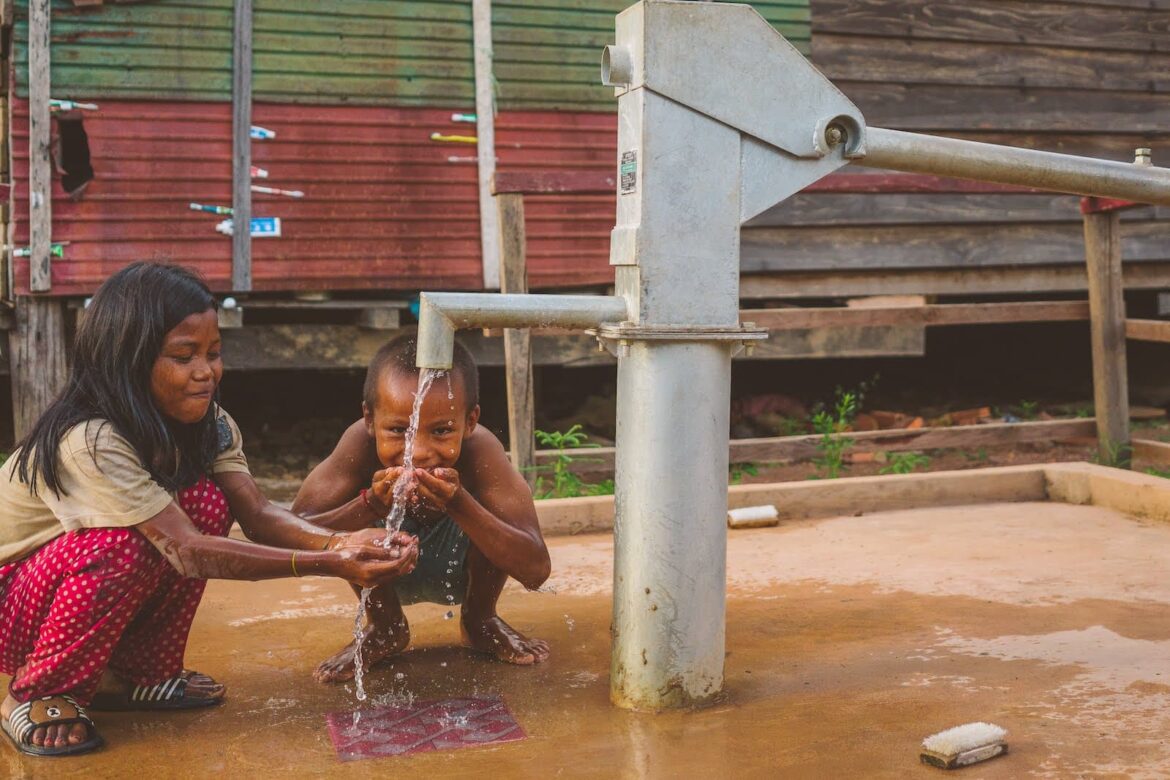1.9K
All over the world, people are affected by life-threatening problems such as water shortages caused by climate change and other factors. As a result, people die of thirst, fields are not cultivated and proper hygiene is not possible.
Explanation: The global water shortage
The global water shortage has many causes and very dramatic consequences for those affected. These range from lack of hygiene, rapidly spreading infectious diseases, to withered crops and death from thirst. We have compiled the most important facts on the subject for you.
- The reason behind the water shortage is not that there is not enough water, but the distribution. Water cannot be wasted, it is always involved in the global water cycle, which is why the amount of water on earth as a whole does not change.
- However, it happens more and more often that the amount of water per region changes worldwide, for example due to climate change. In addition, 97% of the world’s water is undrinkable, for example because it is in the sea.
- Pre-distressed countries are particularly hard hit by water shortages: very dry regions such as Africa, developing countries and emerging economies. But also in Europe, southern countries like Spain or Italy are struggling with the problem.
- Another reason for the water shortage is consumption. Many goods that are also consumed every day in Germany require a hidden amount of water. Not only for fruit and vegetables, but also for material things like clothes. The water used for this is withheld from other people in the region.
- Often, however, the water is also used for other purposes. In popular holiday countries such as Spain or Italy, the water is used to keep the lawn green or fill the pool in expensive hotels.
These are the consequences
- The first consequence is obvious: people die of thirst. Water is more essential to the human body than food. If this is not supplied, people become dehydrated and can quickly suffer circulatory collapses or even death.
- However, if water is lacking, fields cannot be cultivated and food cannot be grown. The supply of food for the own population is not guaranteed.
- In addition, hygiene problems also go hand in hand with the shortage. Washing hands and going to the toilet are not possible. Drinking water is often contaminated with bacteria and germs, so infectious diseases spread rapidly.
The global water shortage in numbers
- 1.42 billion people live in regions with high or extreme water scarcity. About 30% of them are children. It is estimated that the number of children affected will increase by 50%.
- Every day, about 700 children die from water-related diseases that could have been prevented. These include diarrhoeal diseases and infectious diseases caused by poor hygiene.
- 2019, 25% of hospitals did not have running water or access to hygiene products such as soap. That’s the equivalent of one in 4 hospitals.

